Vesselinka Petrova-Koch, Rudolf Hezel, Adolf Goetzberger9783540793588, 3540793585, 3540793593, 9783540793595
High-efficient low-cost PV modules, making use of novel efficient solar cells (based on c-Si or III-V materials), and low cost solar concentrators are in the focus of this book.
Recent developments of organic photovoltaics, which is expected to overcome its difficulties and to enter the market soon, are also included.
Table of contents :
Preface……Page 5
Contents……Page 8
List of Contributors……Page 13
Milestones of Photovoltaics……Page 16
Introduction……Page 21
Solar Cells for Space……Page 22
Closer to the Limit……Page 24
Material Quality……Page 25
Back Surface Field (BSF)……Page 26
Textured Surfaces……Page 27
Low-Intensity, Low-Temperature Operation……Page 28
High Efficiency Solar Cells……Page 29
Cell Contacts……Page 35
Concentrating Systems – A New Opportunity for High Efficiency Space Solar Cells……Page 36
References……Page 39
General Overview……Page 42
PV Solar Electricity Market History……Page 44
Price and Competitiveness of PV Solar Electricity……Page 46
Future Market Development……Page 51
Technology Evolution……Page 52
References……Page 56
Metallurgical Grade Silicon: Carbothermic Reduction of Silica as a Starting Point for Most Pathways……Page 57
Established Production Methods: Purification of Metallurgical Silicon via the “Silane Route” is Dominating……Page 58
Differences in Using TCS or Silane as Feedstock……Page 59
Accommodation of the Processes to the PV Requirements……Page 62
The Myths of the “High-Energy/High-Cost” Rating of Established Silane-Based Polysilicon Deposition Technologies……Page 64
Summary……Page 65
References……Page 66
EFG process……Page 68
Introduction……Page 76
Structure of the Bifacial Rear-Contact Solar Cell……Page 78
High-Efficiency and Low-Cost Production Features……Page 79
Inherent Passivation of the Base Contacts……Page 80
Processing Sequence……Page 81
Back-Surface Grooving……Page 82
Metallization by Oblique Evaporation……Page 83
Surface Passivation by PECVD Silicon Nitride……Page 86
Interconnection Technology Based on Conductive Adhesives……Page 91
Cell Results……Page 92
Efficiency Perspectives……Page 93
Silicon Substrate Options……Page 95
General Applications of Bifacial Flat Panels……Page 97
Integration of Bifacial PV Modules in Low-Cost Concentrating Systems……Page 98
Multifunctional Bifacial PV Elements……Page 99
Conclusions……Page 101
References……Page 102
The Point-Contact Solar Cell……Page 105
The HIT Solar Cell……Page 107
The Buried-Contact Solar Cell……Page 108
References……Page 109
Introduction: Early History of Heterostructures and III-V Solar Cells……Page 111
Single-Junction AlGaAs/GaAs Concentrator Solar Cells……Page 115
Multijunction Solar Cells……Page 119
GaInP/GaAs Dual-Junction Solar Cells……Page 120
Hybrid Triple-Junction GaInP/GaAs-GaSb Monolithic/Mechanically Stacked Solar Cells……Page 124
Monolithic GaInP/Ga(In)As/Ge Triple-Junction Solar Cells……Page 126
Concentrator PV Modules and Installations with III-V Solar Cells……Page 130
Concentrator Modules with Mini-lens Panels: Design and Fabrication……Page 134
Outdoor Measurements of the Test Modules with Mini-lens Panels……Page 137
Perspectives of the Efficiency Increase in III-V Solar Cells……Page 138
Conclusion……Page 142
References……Page 143
Photovoltaic as Part of Global Energy Trends……Page 152
Growth Perspective of Photovoltaic……Page 153
Cost Potentials of the Current Technologies……Page 156
Thin-Film PV in Comparison to Crystalline Silicon PV: Advantages in Price, Performance and Large Size……Page 157
Conclusion: Cost Potential to Reach “Grid Parity”……Page 158
Multi-GWp Capability……Page 160
Explosive Growth of PV – Low Rate of Innovation……Page 162
High Growth at High Price Levels – the Problem of a Subsidized Industry……Page 163
Learning from the LED and Photonic Industries……Page 164
Solar*Tec AG’s Approach to CPV……Page 165
References……Page 167
Principle……Page 168
Concentrator Stacks……Page 170
Light Guiding by Photonic Band Pass Mirrors……Page 172
Factors Determining Energy Efficiency of Fluorescent Concentrators……Page 173
Limit of Concentration……Page 175
Limit of Efficiency……Page 176
Combination of Fluorescent Collector with Large Area Si-Solar Cell……Page 177
Combination of Fluorescent Concentrator with Up-Conversion……Page 178
Combination of Collector Stack with Band Pass Mirror……Page 180
Results of the Initial Period……Page 181
Recent Experimental and Theoretical Work……Page 182
References……Page 184
Introduction……Page 186
PV/T Hybrid Collector Based on a Luminescent Concentrator……Page 187
References……Page 190
PV from the Customer Perspective……Page 191
Nondomestic Standalone Systems……Page 194
Domestic Standalone Systems……Page 195
Grid-Connected Central PV Systems……Page 196
Grid-Connected Decentral Systems……Page 197
PV Developments in the Future……Page 201
Introduction……Page 202
Material Design Rules for Donors in Single-Junction Solar Cells……Page 203
Toward Novel Polymeric Donors: Poly-Cyclic-Bridged-DiThieno Copolymers (PCPDT)……Page 207
Structural and Optical Properties of PCPDT……Page 208
Transport and Electrical Properties of PCPDT-BT……Page 210
Photovoltaic Performance of PCPDT-Based Solar Cells……Page 216
From Single-Junction to Multijunction Solar Cells……Page 222
Summary……Page 226
References……Page 227
Index……Page 230
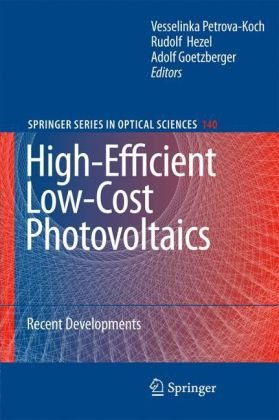
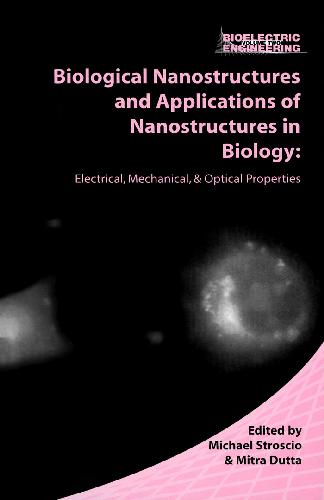
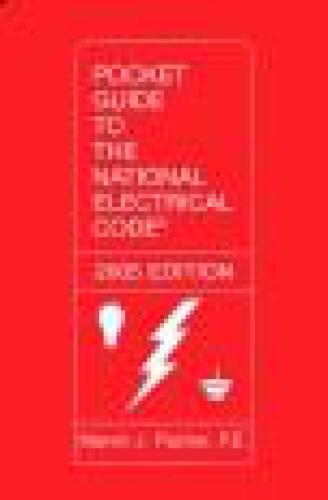

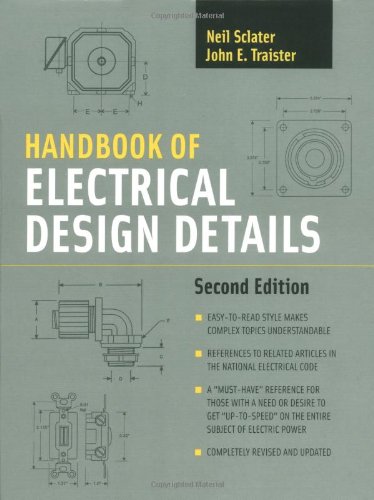
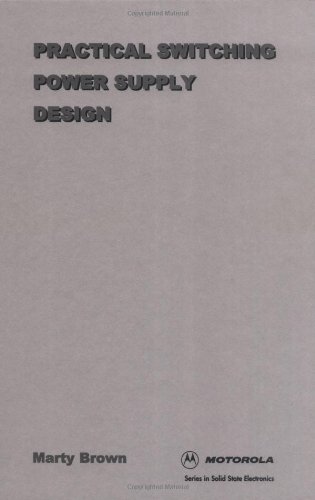
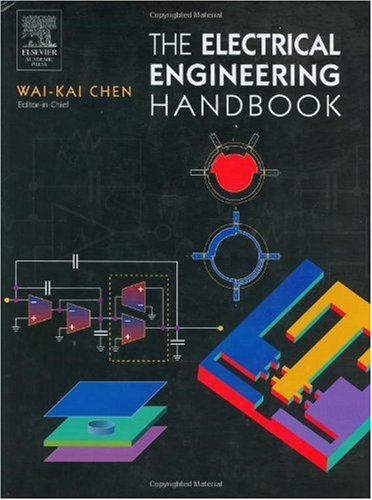
Reviews
There are no reviews yet.